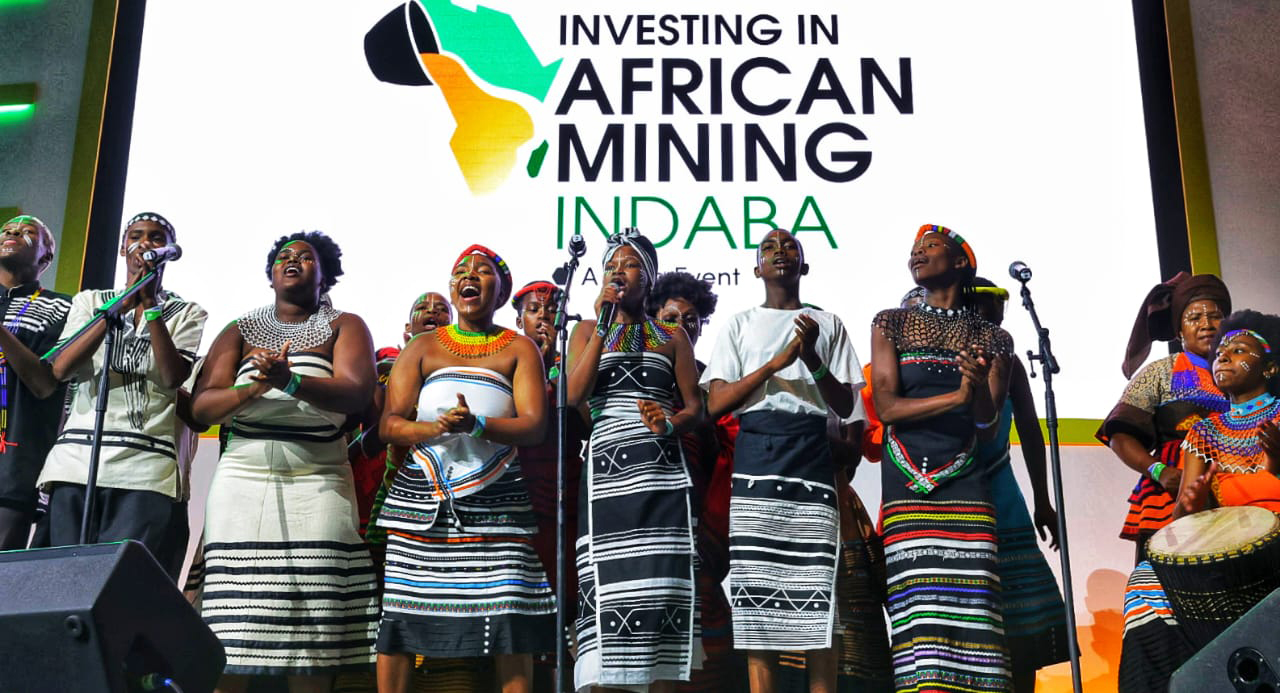Sometimes, a long-term view provides the best perspective. Sometimes, it doesn’t. At the start of the Mining Indaba in Cape Town, the Minerals Council South Africa provided a useful overview of the SA mining industry.
The Minerals Council SA holds a bit of an odd position: its mandate is to be the voice of the industry, so it’s not in its interest to be negative. But, mining being mining, it’s in a constant state of diplomatic arm-wrestling with the Department of Mineral Resources and Energy. Sometimes these battles break out into the open; mostly they don’t.
The Minerals Council SA has often bemoaned the state of the ministry, and the minister has often bemoaned the state of the industry - for different reasons, obviously. But in a way, the statistics cut through all this verbal sparring, and here is what they tell us. Hold your breath - not much.
In 1993, mining constituted about 5.1% of nominal South African GDP; thirty years later, it constituted 6% of nominal GDP. Essentially, the mining industry in SA provides both the Minerals Council SA and the department with arguments in their respective favour.
From the perspective of the department, or government if you like, the mining industry has expanded - at least as a proportion of the economy as a whole. Not by much, but at least it hasn’t declined. Minister Gwede Mantashe gets a bit touchy on this topic. In his speech at the mining conference, he referred to the contention that SA’s mining industry had declined, saying it was true that the gold industry had, but the industry as a whole had not.
A new, yet-to-be-released study by the department’s mining research house Mintek contains a survey into the country’s mining industry in 2024, which reveals that SA is sitting on the right real estate with an exceptional mineral endowment. “Not only is the South African mining industry diversifying from the gold mining era to an industry with a wide range of mineral resources, but it also remains the bedrock of our economy and an attractive sector for new and greater investments,” it asserts.
Just to take one example, SA’s platinum group metals (PGMs) production reached its highest level in the past decade with 285 tonnes. “Notwithstanding the decline in the PGM basket price, in 2023, South Africa was the world’s largest producer of PGMs, accounting for 73% of global new mine supply of platinum, 38% of palladium and 81% of rhodium supply to global commodity markets.
“There is a strong case emerging out of the study that the PGM sector will play a catalytic role in sustaining the mining industry for many generations to come.”
Right, so, great future ahead.
From the perspective of the Minerals Council SA, however, SA’s mining industry has net-net been treading water, even as SA has been deindustrialising and while the construction industry has taken a hit. These numbers are pretty shocking. The industrial sector was 21.4% of GDP in 1993 and accounts for 12.8% of GDP today. The construction sector represented 3.1% of GDP in 1993; there was a brief uptick in 2009 with the soccer World Cup, but there has been a slow decline since then and it’s now about 2.2% of GDP.
In a sense, this is interesting - and depressing, of course. But not half as depressing as it would be if you compared SA’s mining industry with jurisdictions which value their mining industry. One great, although slightly unfair, comparison is with Australia.
In 1993, the mining sector’s contribution to Australia’s GDP was about 4.5%. That just ballooned so that it now constitutes about 15% of the GDP if you include mining equipment, technology, and services sectors that support the industry, according to Australia’s equivalent to the Minerals Council SA. You can see this very clearly in employment numbers too: in 1993, the Australian mining industry employed about 83,700 people; it now employs about 238,000.
The reason the comparison is a bit unfair is because Australia has fabulous, unique-in-the-world iron ore deposits - the precise metal Chinese industry needed to expand. The rough proximity of Australia to China was also a help. Not only that, but the other product Australia has in spades is coal, the product required to turn the iron ore into steel. And Australia is a big place and lightly populated, which makes mining less complicated socially.
Luck is what you make of it. South Africa also has a fabulous mineral endowment, but it has a harsh mining legacy, something Mantashe, as a miner, knows all about. Overcoming that legacy and beneficiating that endowment is the challenge of our generation. And so far, it’s going … ok. Ish. DM
Business Maverick
After the Bell: Digging deeper - how perspective shapes the mining debate
The Minerals Council SA has often bemoaned the state of the ministry, and the minister has often bemoaned the state of the industry - for different reasons, obviously. But in a way, the statistics cut through all this verbal sparring, and here is what they tell us. Hold your breath - not much.





